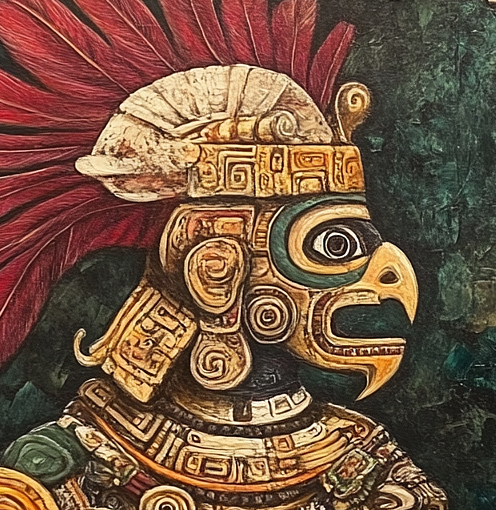Calisthenics is an ancient discipline with deep roots and a powerful legacy. The word itself comes from Greek: kalós meaning “beauty,” and sthenos meaning “strength.”
But it’s not just about looking good or being strong. It’s about combining both in a way that feels natural and earned.
There’s something almost artistic about calisthenics, especially once you move beyond the basics and start exploring the advanced movements. Watching someone pull off a muscle-up or a planche is almost like poetry in motion.
What makes calisthenics different from lifting weights or using machines is that it relies entirely on your body.
No fancy equipment, no gym membership, just you and gravity. And that simplicity is what makes it so powerful.
Ancient warriors understood this long before we did. The Spartans, for example, trained using bodyweight exercises before battles like Thermopylae. Alexander the Great’s soldiers practiced similar drills to stay agile and sharp.
It wasn’t about aesthetics back then—it was about survival. Being strong, fast, and adaptable was the difference between life and death.
The reach of calisthenics didn’t stop in Greece. Roman soldiers used it in their daily training, and gladiators had their own routines, which even included resistance tools like halteraes—an early form of dumbbells.
Over in Asia, calisthenics-style movements showed up in the Shaolin monks’ training as they prepared to defend their temples.
Even early Chinese physicians during the Han dynasty recommended bodyweight movements for general health. In India, yoga developed with many of the same core ideas—using your body to build strength, balance, and discipline. Across cultures and centuries, the same idea kept coming up: your body is your best tool.
Fast forward to the Renaissance, and physical culture started becoming more formal. Friedrich Jahn created the first modern gym in the 1800s, and by the 19th century, calisthenics had spread to the U.S., with people like Catherine Beecher promoting it for health and education.
Early calisthenics was all about mastering the basics—push-ups, squats, planks, pull-ups.
Programs like Convict Conditioning (on of my favs!) showed how those simple moves could be scaled into serious strength through slow, focused progress. It was practical, affordable, and didn’t require more than floor space and a pull-up bar.
Known now as street workout in many places, modern calisthenics blends physical training with community, creativity, and even philosophy.
It’s accessible to everyone, no matter your age, gender, or income. And beyond the physical benefits—like improved strength, flexibility, and body control—it teaches real-life values: consistency, humility, patience, and self-respect.
Best of all, it’s still rooted in the same simple idea from thousands of years ago: your body is enough.

